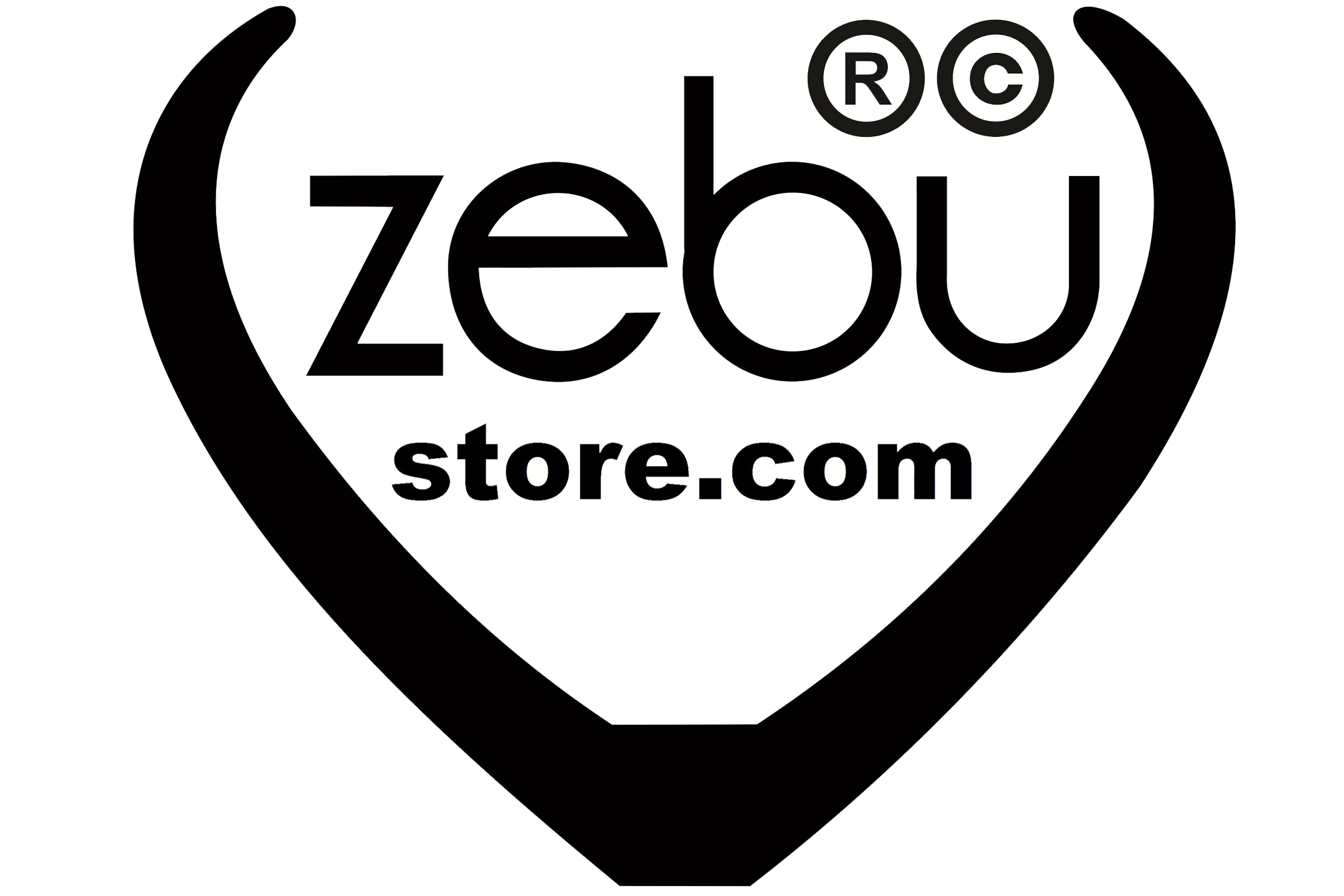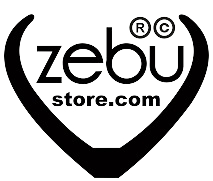Different Types of Labels Used in Garments

What is Label:
A garment label is a communicator between the buyer and the product. Labels communicate to the customer what types of materials have been used in making the garment. They communicate how to care for the garment and other special instructions about it. They communicate the size of the garment. They communicate the name of the manufacturer.
Various Types of Labels Used in Garments:
Main Label:
The main label is a style of clothing label that adds the brand logo and name to the fabric via weaving, printing, heat transfer, or a leather method. Often, it is at the inner and rear center seam of the bottom or beneath the inner and back collar of the top. In general, while utilizing labels, a garment must have the primary label.
Care label:
This label includes wash care and ironing instruction. For details of wash care instructions refer Garment wash care symbols. Care labels are attached at side seam. The purpose of care labels is to warn wearers what not to do to during washing, drying and ironing to maintain color, specifically printed designs, after wash shrinkage and color bleeding issues.
Size Label:
Size label defines a specific set of measurements of the human body. Sizes labels may be printed only a later to denote a specific size. Such as S for Small, M for Medium and L for Large size garments. The customer knows which size fits them well. When a customer goes for shopping, s/he picks garment according to his/her size that fit him/her well.
Heat transfer label:
Heat press the logo or design onto specialized transfer paper, synthetic film, or plastic film to create heat transfer labels, which are used as clothing’s primary labels. Apply them to the materials of the clothing after peeling off the film. As a result, we can also refer to them as thermal transfer labels or tag-less tags. Naturally, it is ideal for t-shirts.
Composition Label:
The composition label indicates the fabrication and composition percentage of any garments. That means it indicates which fabrication (Cotton Sub denim, Cotton Regular denim, etc.) and composition percentage (95% Cotton 5% Spandex, 100% Cotton, etc.) have followed during its manufacturing.
Flag label:
The flag label is a very small label that contains Brands name or Brands logo of the buyer. It is attached to the side seam of the bottom parts of the clothing.
Manufacturer Label:
This label includes manufacturer’s code given by buyers. Most of the international buyers source garments from the different part of the world and distribute those garment across the world. In case buyer needs to track the manufacturer of a particular product, they use this code.
Hang tags:
What are the hang tags? Hang tags are clothing tags that use paper, plastic, metal, leather, and fabric material to print brand logos or product information. Such as price, care symbols, contact info, social links or website, brand stories, etc.
Special Label:
100% Cotton, Organic Cotton is an example of such special labels. Special labels normally attached to draw customer attention at the time of purchasing.
Fabrics used in labels:
The fabrics that are commonly used in the preparation of labels are satin, damask, semi-damask and taffeta. In some cases, cotton, canvas and felt are also used in making labels. Satin is the most used fabric in preparing labels. Leather labels are generally used in case of jeans and pants. PVC labels are used in pants and bags. Satin is soft on the skin and looks very pretty initially. However, it is not one of the best fabrics to be used in labels because it is very thin and can snag easily. Labels made using taffeta are stiffer than those of satin and do not snag as easily. However, taffeta labels can irritate the skin of the customers. Damask and semi-damask are ideal fabrics for making labels. Damask labels are soft even after finishing and do not cause any irritation to the customer. Semi-damask is similar to damask in feel, but it costs lesser than damask. Different kinds of finishing can be given to labels made from different fabrics.
Conclusion:
An essential component of a garment is the label. A label is more than just a piece of cloth that speaks to the buyer directly. Something like that captures the customer’s undivided attention. Also describes what the product quality actually is. The buyer chooses whether to purchase the clothing based on the label. So, a label is crucial to the sale of the item.













